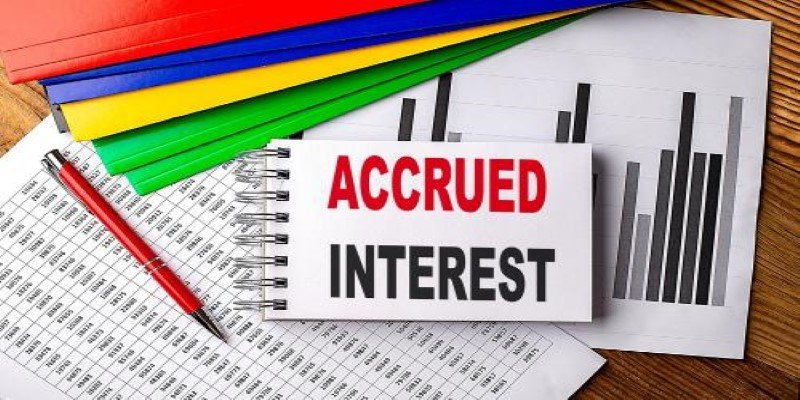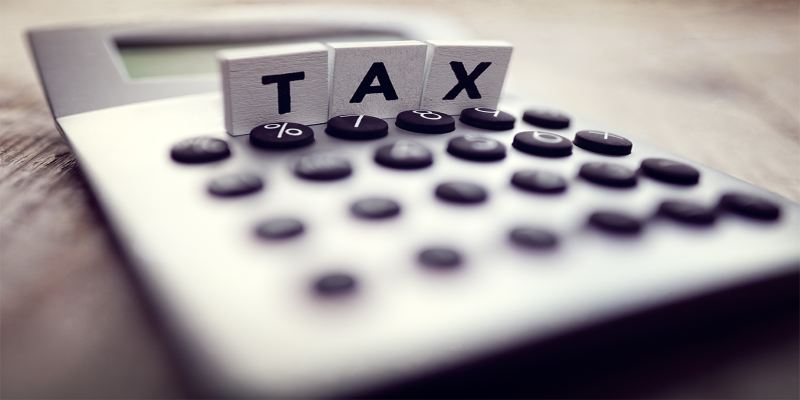Bond Market Basics: What You Need to Know About Accrued Interest
Accrued interest sounds like some sort of complex financial jargon, but it's actually a pretty simple concept. If you have ever wondered why you were asked to pay more than the face value of a bond or how interest plays a role in such transactions, you are a ready reader for this article.

Acquired interest is important to anyone interested in putting their money into bonds, primarily because it directly influences the cost of buying or selling them. So, let's look at what accrued interest is, how one calculates it, and how it impacts bond transactions.
What Is Accrued Interest?
Accrued interest is the interest that a bond holder earns but has not yet received from the issuer of the bond. Interest on bonds usually arises at periodic intervals, commonly semi-annually or annually, whereas accrual occurs daily between such payments. For instance, if a bond has semi-annual pay periods, that is, it pays interest every six months, the bond holder earns a tiny fraction of the total interest every day in that period.
This means that when a bond is sold prior to its next interest payment date, the seller will receive the interest the bond has accrued up until the sale date. The buyer must pay the seller for the accrued interest in addition to the bond's market price. This way, fairness in the transaction will be achieved because the seller will have, in effect, "loaned" money to the bond issuer during their holding period.
Do You Have to Pay Accrued Interest When Buying a Bond?
Yes, when you purchase a bond in the secondary market, you must pay the accrued interest to the seller. This is because the seller has held the bond long enough to earn a portion of the upcoming interest payment. By paying the accrued interest, you’re essentially compensating the seller for their share of the interest income.
For example, imagine a bond that pays $50 in interest every six months, with the next payment due in three months. If you buy this bond today, the seller is entitled to half of that $50, or $25, for the three months they’ve owned it. When you buy the bond, you’ll pay $25 in accrued interest on top of the bond's price. When the bond pays its $50 interest in three months, you’ll receive the full amount, effectively recovering the $25 you paid earlier.
This system ensures the transition of interest entitlement is seamless and equitable between the buyer and seller.
Why Accrued Interest Matters in Bond Investments
Understanding accrued interest is crucial for making informed bond investment decisions. It affects the total cost of purchasing a bond and can influence your overall return on investment. For novice investors, this additional cost can come as a surprise, but it’s a standard part of secondary bond transactions.
Impact on Bond Pricing
When you see a bond's price listed in the market, it typically doesn’t include accrued interest. This is known as the "clean price." The price you actually pay, which includes the accrued interest, is called the "dirty price." For instance, if a bond's clean price is $1,000 and it has $20 in accrued interest, the dirty price you'll pay is $1,020.
Tax Implications

In some countries, accrued interest can have tax implications. The interest you pay to the seller is often deductible from your taxable income, but you should check local tax laws to understand how this works. Additionally, the interest payment you receive from the bond issuer may be taxable as income, so it’s important to keep accurate records.
Investment Strategy Considerations
For investors, knowing how much-accrued interest will add to the cost of a bond can help them evaluate whether a particular bond fits their financial goals. It's also essential to understand that accrued interest can make short-term bond trading less profitable, as it increases transaction costs.
Tips for Managing Accrued Interest When Buying Bonds
Accrued interest might seem like a small detail, but managing it effectively can make a big difference in your bond investment experience. Here are some expanded strategies to help you navigate this concept with confidence and ease:
Be Aware of Payment Schedules
Understanding when a bond pays interest is essential for timing your purchase. Bonds accrue interest daily, so buying one just before the interest payment date often means paying the seller a larger sum in accrued interest. Conversely, purchasing a bond shortly after an interest payment date reduces this cost since less time has passed.
Factor It Into Your Budget

Accrued interest can significantly influence the total cost of buying bonds, especially if you're purchasing multiple bonds or investing heavily. It’s not just about the clean price; you’ll need to account for the dirty price, which includes the accrued interest. By factoring this into your budget, you avoid unexpected financial strain and maintain better control over your cash flow.
Understand Market Prices
When reviewing bond prices, it’s important to distinguish between the clean price and the dirty price. The clean price is the listed market value, while the dirty price includes accrued interest and represents the actual amount you’ll pay. Familiarizing yourself with this terminology and verifying the dirty price during transactions ensures you have a clear picture of your total costs.
Consult With a Financial Advisor
If you’re unfamiliar with how accrued interest works or how it aligns with your broader financial goals, seeking advice from a financial advisor is a wise move. They can help you navigate the intricacies of bond markets, clarify how accrued interest impacts your returns, and provide tailored strategies for minimizing unnecessary costs.
Conclusion
Accrued interest in buying and selling bonds is very important in the secondary market. It does, therefore, ensure fairness by making sure the interest income is distributed according to the time-staying period of the bond. If you know how it works and how it can affect your investments, you make better financial decisions.
Whether you are a seasoned investor or just starting, paying attention to accrued interest helps avoid unwelcome surprises and optimize returns. Remember to factor in accrued interest the next time you buy a bond-it's a little thing that makes all the difference in successful investing.












